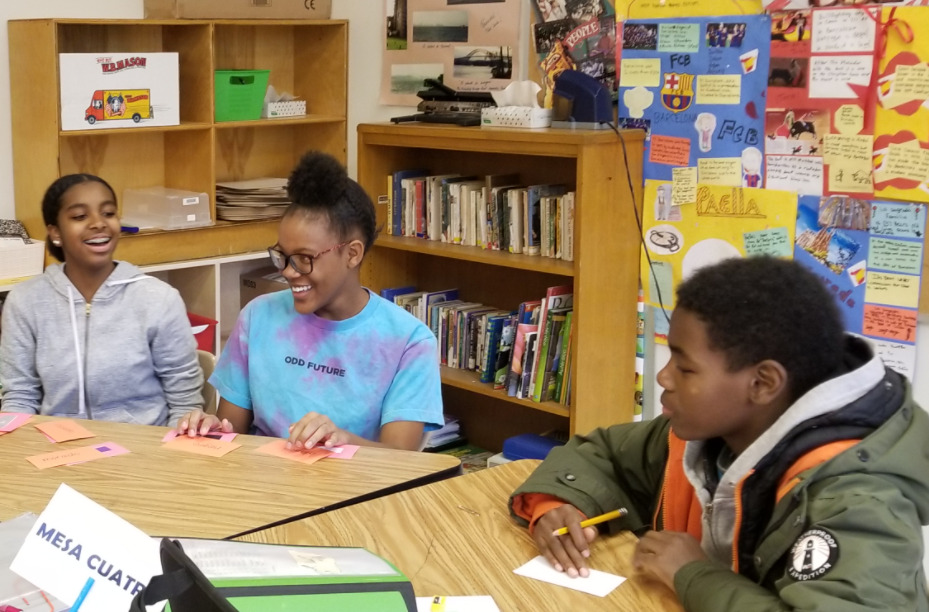
Middle school often is the black sheep of the educational family.
Lacking the youthful joy of elementary school and the sense of accomplishment of high school, most students consider middle school the worst segment of their education (see here and here). And while many parents and students complain about middle school, considerably less time is spent looking for a solution to the problem.
Luckily, new innovations in education informed by better research that indicates children grow rapidly psychologically between ages 11 and 13 may help improve middle school outcomes. While parents generally are aware of their middle schooler’s physical maturation, they may not be aware he or she is becoming more sociable, caring more about his or her status, and wanting attention from adults.
Middle school educators also can be unaware, and as a result do little to accommodate these psychological changes. Rather than increasing the time kids have to play together and learn cooperatively, middle schools often adhere to the most regimented programs.
Subject-based classes replace homerooms. Middle school principals are stricter about shuttling kids from class to class on time. Hallway socializing is discouraged, and unrestricted recess time is diminished. Instead of recess or general physical education, kids are sometimes funneled into after school sports.
Given these factors, it is any wonder that middle schoolers struggle to adapt to their school environment?
School administrators at White Oak Middle School in Silver Springs, Maryland, thought there was a better way to work with preteens. School leaders changed the structure to facilitate group learning by basing their entire curriculum, other than math instruction, on project-based learning. The school also increased collaboration across ages by eliminating traditional middle school grades altogether.
And, White Oak increased peer interaction across grades based on the idea that children develop at different speeds both physically and mentally, and understanding that children at this age are looking for mutual affirmation, something from which both older and younger youth can benefit.
Children have responded positively to these changes. A report authored by Douglas J MacIver, a research professor and director of Center for the Social Organization of Schools at Johns Hopkins University, found that students engaged in project based learning had scale scores 4 points higher than other students when it came to understanding text and vocabulary. This learning style also helped students feel socially engaged with their peers.
Additionally, the study found that the school’s collaborative approach helped reduce educational inequalities, which should be of primary interest given that the COVID-19 pandemic exacerbated educational inequities along racial and economic lines.
Yet concerns about the school’s radical departure from previous educational techniques remain. One concern centers upon the difficulty of scaling the approach so more schools can follow it. A project-based learning environment requires a higher level of personal supervision and may only be feasible in certain areas. And while eliminating grades may be a worthwhile goal, it is unlikely to become the norm given that colleges expect a certain level of standardizations across schools.
Nevertheless, there are remarkable takeaways that could, and should, be implemented in more school systems across the country. Middle schools could focus, for instance, on allowing kids to interact more with each other, either through unstructured play time or through collaborative learning environments. Some states are accomplishing this via mandates that their schools increase play time, and others should follow suit.
Middle school is a difficult time for most budding teenagers. Hormones are flowing and the stakes of education are rising. Some of their difficulties, however, are unnecessary byproducts of a rigid education system. Schools should be proactive in giving students an active social environment so they can mature.
Research has shown a better way forward, and now is the best time to innovate.


